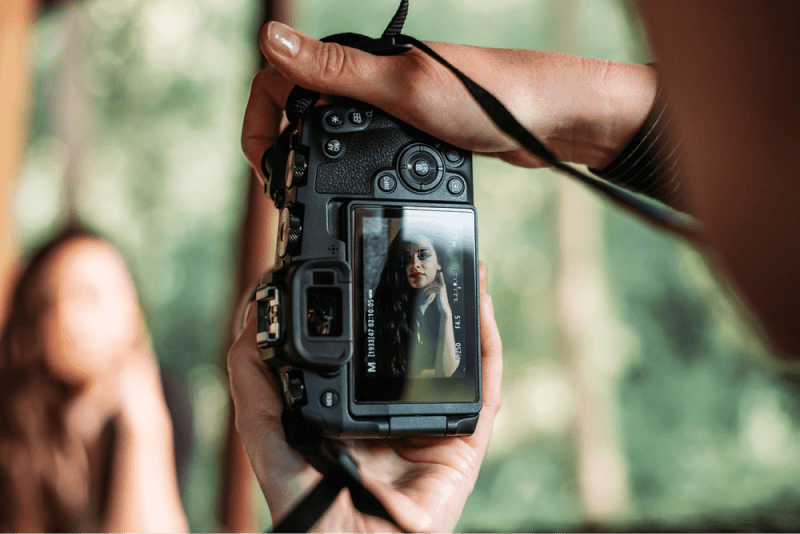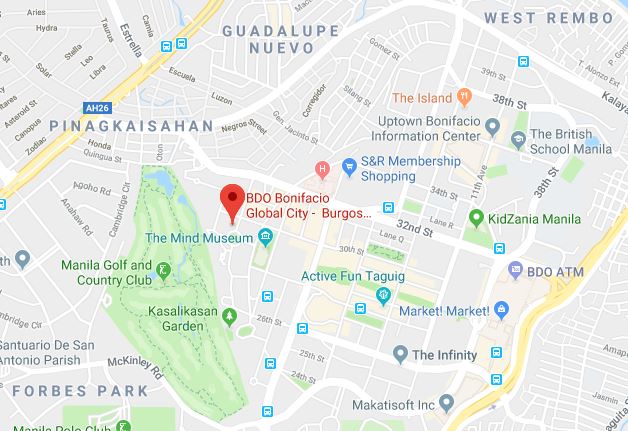In portrait photography, the goal is to capture the personality of your subject naturally by properly adjusting your equipment in a way that complements the photoshoot. Once you’ve set up your gear, the next step is to modify your camera settings specific for portrait photography.
And if you’re unsure about how to do that, well, you’re in luck! In this article, we’re going to be talking about the principles of portrait photo camera settings to give you a better understanding of how professionals do it. Use this reading to guide you as you start your own photography projects and test out the principles yourself.
You don’t have to worry about the post-production process either, as we can provide you with portrait photo retouching services if ever you’re unsure of how to do that yet.
Now, before we jump into the recommended settings, let’s first talk about portrait photography.
What is Portrait Photography?
Putting it simply, portrait photography’s goal is to translate the identity, emotion, and the overall essence of the subject through your images.
In hindsight, you may think that portrait photography is easy since you’re taking photos of people or animals. However, it’s actually a lot more difficult since you have to direct the person you’re shooting to match the underlying theme of the photoshoot.
Not all people know how to pose or accentuate their best features so there’s an added element to a photographer’s responsibilities. They would have to direct their subjects properly, teach them how to model, and make sure the models are confident and comfortable throughout the shoot.
Adjusting the lighting and the background is one thing, but having the subject match the emotion and mood of your photoshoot is another. In the end, all these elements work together smoothly to produce an amazing shot.
So, Why is Portrait Photography Important?
Just looking at history itself, portraits were made for historic preservation. These days, it can also be used for personal branding or to immortalize memories with friends and family for personal viewing and appreciation.
Like most forms of art, the importance of portrait photography can mean different things to different people since it can be used in many types of ways. You can use portraits to appeal to emotions in marketing strategies, as decoration for your house, or to invoke sentiments and start movements within communities.
The one thing all these have in common is the ability of portraits to connect to their viewer. And while there’s typically a theme set before any shoot, the outcome and the interpretation of the images can still depend on how it resonates with the viewer.
The Best DSLR Settings for Portrait Photography

Now that you’re more aware of what portrait photography is and why it’s important, let’s talk about how you can execute them on your own.
Assuming that you’ve already set a theme and arranged your background and equipment accordingly, you can now adjust your portrait shoot camera settings.
Like any other photography project, the lens and settings you use will dictate the quality of the images you take. These factors will affect the amount of post-production editing you may have to do after the photoshoot.
Not to worry though, there are always available professional photo retouching services you can avail of if you’re unsure of your editing skills. Just remember that the images you take in the photoshoot must be good so that your editing team can use them.
With that being said, here are some recommendations you can use for portrait photography:
Lens
Use a short telephoto lens to flatter your subject’s features. What a telephoto lens does is help you in compressing the perspective, gives you more control in lessening the focus on the background, and prevents your model’s face from distortion.
If you have one subject in the frame, you can dabble between 85-100mm lenses. And if you’re using a full-frame camera, you can use 135-150mm lenses. On the other hand, if you’re shooting a group, using slightly wide-angle lenses or normal lenses is a good choice.
Aperture
As you may already know, the aperture is the opening in the lens that allows light to pass through the camera’s sensor.
It’s generally recommended to use a wide aperture to create a shallow depth of field which will blur the background and bring your subject into sharper focus. By doing so, you are bringing the viewer’s attention to the subject of the image.
A good starting point for aperture in portrait photography is to shoot between f/2 and f/4, depending on the lens being used or the effect you’re trying to do. If you’re shooting a group, however, f/5.6 or f/8 can make sure that all the features of each model are sharp.
Shutter Speed
With the shutter speed, it’s the time the shutter of the camera stays open allowing light to pass through to the sensor.
Portrait photography usually recommends a fast shutter speed to freeze any movement and prevent blur. You can use 1/125 or faster depending on the subject’s movement and the lighting conditions in the background.
ISO
ISO refers to the camera’s sensitivity to the light. When you’re using it in portrait photography, a low ISO is generally used to minimize the noise in the image. However, in low-light conditions, you can increase the ISO to achieve a properly exposed image.
The recommended setting to start with is ISO 100 to 400. But if you’re using natural light, you may want to increase the ISO to 800. Just remember, you can always adjust the aperture as well if the light is low.
White Balance
Photography uses white balance to set the color temperature of the light in the scene. And in portraits, you want to make sure that your subject’s skin tones appear natural and flattering. You can typically set the white balance to “auto,” “daylight,” and “shady,” or you can manually set the color temperature of the light source in the scene.
Focus
Achieving a sharp focus on the model’s eyes is critical in portrait photography. Depending on the lens you’re using, there are different autofocus modes available like single-point autofocus or face detection autofocus.
It’s usually more recommended to use the single-point autofocus and place it on the subject’s eye. The nearest one to you can be the starting focal point.
Composition
Like any other photoshoot, the composition of your image is crucial and can greatly affect the final output. When you’re composing a portrait, it’s generally advisable to position your model slightly off-center to create a more dynamic and visually interesting image. It’s also important to consider the background you’re using and ensure that it doesn’t distract from the subject.
Drive Mode
When you’re shooting a portrait, you don’t need to use the burst mode and shoot 4-8 frames per second just to capture your subject’s expression. Set your camera’s drive mode to single and intentionally press the shutter when your model gives good expressions complemented by good lighting.
Bursting several shots usually leads to closed eyes and weird expressions. What you want to do is to direct your model and click on the camera when you see something good. Be patient and wait for the right moments to capture.
Achieving Stunning Imagery with Paper Boat Creative

How you adjust your camera settings to fit portrait photography will make or break the final output that you will get from your photoshoot. It’s important to pay close attention to your surroundings and to your model so that you can properly capture their emotions and translate their personality through your pictures.
And when you’re done with the photoshoot, you can get help from high-end photo editing services like ours to help you finalize your images and ensure that your message is well portrayed.
Here at Paper Boat Creative, we specialize in high-end image editing and creative compositions that can help your brand flourish. Our team of experienced design and craft specialists will make sure your images stand out and that your vision is executed.
You can check out our services and portfolio on our website or you can contact us today to learn more about how we can help you with your project’s needs!


